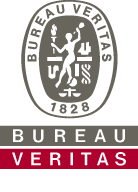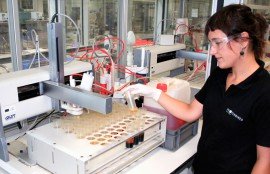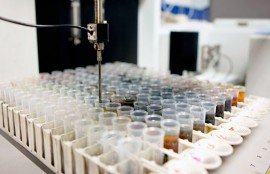
There have been very significant developments in the technologies and methodologies applied to maintenance management in recent years. There has been progress in all aspects of maintenance engineering, including tools and techniques to underpin the importance of the maintenance programmes that are implemented in industry.
The different types of maintenance currently applied in industry are described below:
- Corrective Maintenance. Replace the components when they fail. Repair systems when the error occurs.
- Preventive or Cyclical Maintenance. Replace the components before they fail. Repair the equipment before its expected failure date independently of the condition of the component at the time of the action. Traditional preventive maintenance is based on the concept of preventing the failure before it occurs.
- Predictive or “Condition-based” Maintenance. Take corrective action when problems are detected during the monitoring of the component. Monitoring of the condition is carried out to detect potential failures and to then provide maintenance. This is done after verifying “the current condition of the component”, and only if this condition indicates that the repair is necessary.
- Proactive Maintenance. Avoid maintenance problems by identifying and correcting the root causes of failure. Avoid situations that cause the premature failure of components. Total maintenance costs are reduced.
Both the Preventive and Predictive Maintenance seek to repair or replace the element that produces the failure mode before this failure mode produces functional failure. Neither the repair nor the cost incurred in this repair can be avoided, but it is possible to avoid consequences such as allowing the functional failure to occur, with all that this entails (consequences that may affect safety, the environment or the operating economy).
The implementation of maintenance techniques and methodologies is gradually leading to these no longer being regarded as an expense but to them becoming a tool for continuous improvement in industry and the basis of the sustainability of the company.






